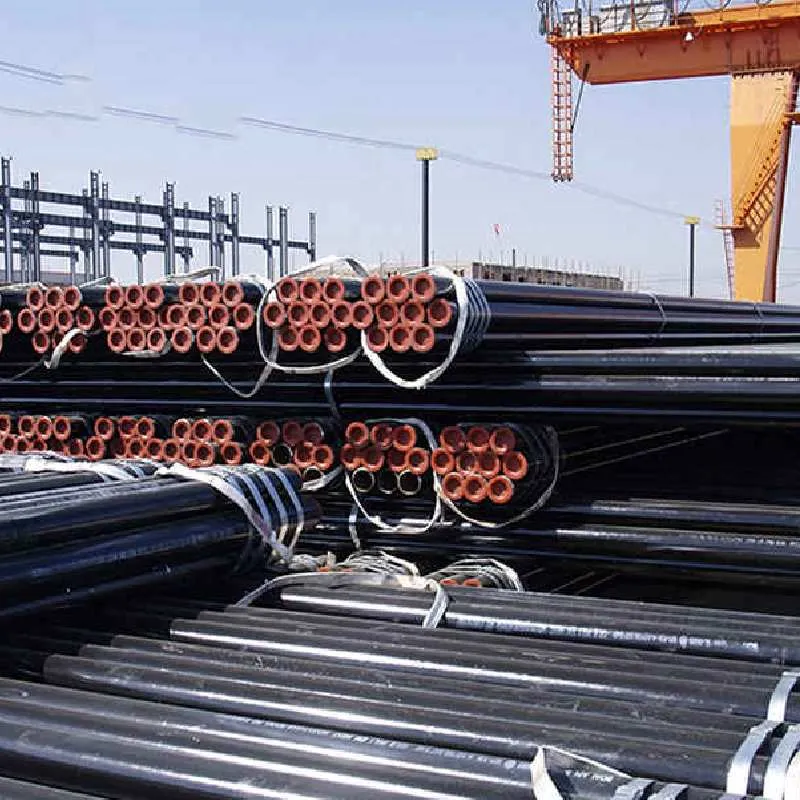-
Cangzhou Yulong Steel Co., Ltd.
-
Phone:
+86 13303177267 -
Email:
admin@ylsteelfittings.com
- English
- Arabic
- Italian
- Spanish
- Portuguese
- German
- kazakh
- Persian
- Greek
- French
- Russian
- Polish
- Thai
- Indonesian
- Vietnamese
- Zulu
- Korean
- Uzbek
- Hindi
- Serbian
- Malay
- Ukrainian
- Gujarati
- Haitian Creole
- hausa
- hawaiian
- Hebrew
- Miao
- Hungarian
- Icelandic
- igbo
- irish
- Japanese
- Javanese
- Kannada
- Khmer
- Rwandese
- Afrikaans
- Albanian
- Amharic
- Armenian
- Azerbaijani
- Basque
- Belarusian
- Bengali
- Bosnian
- Bulgarian
- Catalan
- Cebuano
- China
- China (Taiwan)
- Corsican
- Croatian
- Czech
- Danish
- Esperanto
- Estonian
- Finnish
- Frisian
- Galician
- Georgian
- Kurdish
- Kyrgyz
- Lao
- Latin
- Latvian
- Lithuanian
- Luxembourgish
- Macedonian
- Malgashi
- Malayalam
- Maltese
- Maori
- Marathi
- Mongolian
- Myanmar
- Nepali
- Norwegian
- Norwegian
- Occitan
- Pashto
- Dutch
- Punjabi
- Romanian
- Samoan
- Scottish Gaelic
- Sesotho
- Shona
- Sindhi
- Sinhala
- Slovak
- Slovenian
- Somali
- Sundanese
- Swahili
- Swedish
- Tagalog
- Tajik
- Tamil
- Tatar
- Telugu
- Turkish
- Turkmen
- Urdu
- Uighur
- Welsh
- Bantu
- Yiddish
- Yoruba

Oct . 16, 2024 19:31 Back to list
Guidelines for Welding Pressure Pipelines in Industrial Applications
Understanding Pressure Pipe Welding A Comprehensive Overview
Pressure pipe welding is a critical process in various industries, especially in oil and gas, water supply, and chemical manufacturing. This specialized form of welding ensures that pipes can withstand high pressures and temperatures, making the integrity of these joints vital for operational safety and efficiency. In this article, we will explore the fundamentals of pressure pipe welding, its importance, the various techniques employed, and considerations for best practices.
The Importance of Pressure Pipe Welding
In industries where fluids and gases are transported through pipelines, the reliability of the welded joints is paramount. Poor welding can lead to leaks and catastrophic failures, resulting in severe environmental consequences and substantial economic losses. Therefore, pressure pipe welding not only ensures the structural integrity of the pipelines but also guarantees the safety of the personnel and surrounding communities.
Typical Applications
Pressure pipes are commonly utilized in various applications
1. Oil and Gas From drilling to refining, the oil and gas industry relies heavily on pressure pipes to transport hydrocarbons safely. 2. Water Treatment In municipal water systems, pressure pipes are used to supply potable water and manage wastewater. 3. Chemical Processing The transportation of corrosive chemicals requires robust piping systems with well-executed welds. These applications highlight the essential role of pressure pipe welding in maintaining the overall efficiency and safety of plant operations.
Common Welding Techniques
Several welding methods are employed in pressure pipe welding, including
1. TIG (Tungsten Inert Gas) Welding This technique provides precise control over the welding arc, making it ideal for thin-walled pipes and high-grade materials. TIG welding is often used for stainless steel and non-ferrous materials. 2. MAG (Metal Active Gas) Welding Also known as MIG (Metal Inert Gas) welding, this method is faster than TIG and is used for thick-walled pipes. It involves a continuous feeding of filler metal and is suited for carbon steels.
3. Stick Welding (SMAW) Known for its versatility, stick welding is commonly used in construction and repairs, especially in rural and remote areas due to its portability.
4. Orbital Welding This automated method is popular in the pharmaceutical and semiconductor industries, ensuring consistent and repeatable welds for high-purity applications.
pressure pipe welding

Weld Quality and Inspection
Quality control in pressure pipe welding is crucial. The welded joints must be carefully inspected to ensure they meet industry standards and regulations. Common inspection methods include
- Visual Inspection Checking welds for surface defects such as cracks, overlaps, and incomplete fusion. - Radiographic Testing (RT) Utilizing X-rays to detect internal flaws within the weld. - Ultrasonic Testing (UT) Employing high-frequency sound waves to identify discontinuities in the weld.
Ensure compliance with standards set by organizations like the American Welding Society (AWS) and the American Society of Mechanical Engineers (ASME) to guarantee safety and reliability.
Best Practices
To achieve optimal results in pressure pipe welding, consider the following best practices
1. Pre-Welding Preparation Ensure all materials are clean and free from contaminants. Adequate fit-up and alignment are essential for sound welds.
2. Proper Welding Parameters Adjust welding speed, heat input, and filler material appropriately based on the pipe material and thickness.
3. Post-Weld Heat Treatment This may be necessary for certain materials to relieve internal stresses and improve mechanical properties.
4. Continuous Training Welding is a skill that requires continual improvement. Regular training and certification for welders ensure they are up-to-date with the latest techniques and safety protocols.
Conclusion
Pressure pipe welding is an indispensable skill in various industries where safety and reliability are priorities. By understanding the welding techniques, quality control measures, and best practices, industries can ensure the integrity of their piping systems. Continuous advancements and training will remain crucial in adapting to the evolving demands of pressure pipe applications, making this field as vital as ever.
Latest news
-
ANSI 150P SS304 SO FLANGE
NewsFeb.14,2025
-
ASTM A333GR6 STEEL PIPE
NewsJan.20,2025
-
ANSI B16.5 WELDING NECK FLANGE
NewsJan.15,2026
-
ANSI B16.5 SLIP-ON FLANGE
NewsApr.19,2024
-
SABS 1123 FLANGE
NewsJan.15,2025
-
DIN86044 PLATE FLANGE
NewsApr.19,2024
-
DIN2527 BLIND FLANGE
NewsApr.12,2024
-
JIS B2311 Butt-Welding Fittings LR/SR 45°/90° /180°Seamless/Weld
NewsApr.23,2024











